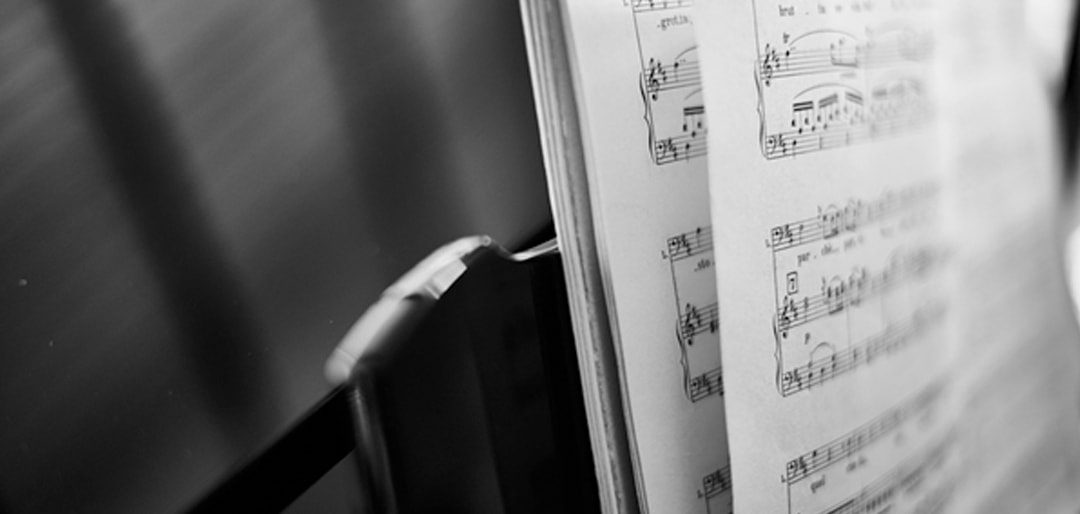In the latest entry of our Path to Professionalism series, we’ll be demystifying the art of modern music engraving. Here, we explore the history of music engraving, from its earliest form to modern music notation software. We’ll also take a look at the career options it affords to musicians, and how best to forge a career as a music engraver or copyist.
A Brief History of Music Engraving
The art of music engraving has developed gradually over many centuries. While civilizations ranging from the Greeks to the Egyptians developed their own basic systems for preserving music in a written form, the roots of modern engraving first emerged alongside the development of music notation itself in a form that we would recognise today. In particular, the invention of the printing press in the 15th century made the mechanical mass-reproduction of written music a reality for the first time, opening up a whole new market for music publishers and sheet music writers.
New technology continued to play an important part in the role of the engraver, as the advent of home computers and music notation software revolutionised and democratised the process of scoring.
Turning Engraving into a Career Path
A career as an engraver or music copyist may not be a career path that immediately springs to mind for a young musician. But engraving continues to be an important part of the musical process – and one that all too often gets overlooked.
The composer may be responsible for the overall vision, and the players responsible for bringing that vision to life in the concert hall, but the engraver forms the crucial link between the two. They translate the composers vision so that it can be recreated and performed as accurately and as clearly as possible.
The engraver therefore has an enormous responsibility to create a written score that reflects the composer’s work as accurately as possible. As well as a thorough knowledge of the complexities and technicalities of musical notation, they must be able to reproduce this quality consistently. Technology may have made notation more accessible to a greater number of musicians, but sometimes an even higher standard is required.
Even when a composer has access to the latest and best notation software, the level of skill required for professional engraving means that there is still a place for engravers and copyists with a level of skill that goes far above and beyond that of many composers and instrumentalists.
Music publishers will usually hire their own dedicated engravers, as the number and variety of scores processed by music publishers requires the talents of someone who is fully conversant with a wider range of available notation software and programs for composing music.
There are also opportunities for freelance engravers, although modern scoring technology has meant that many freelance engravers use it as a sideline to another, primary role.
Throughout years of development and transformation at the hands of technology, the complex art of music engraving has remained an integral part of music. It also remains a viable path to professionalism for musicians, providing in-depth knowledge of notation and scoring tools, as well highly transferrable knowledge of the arranging and composing processes.


Trackbacks/Pingbacks